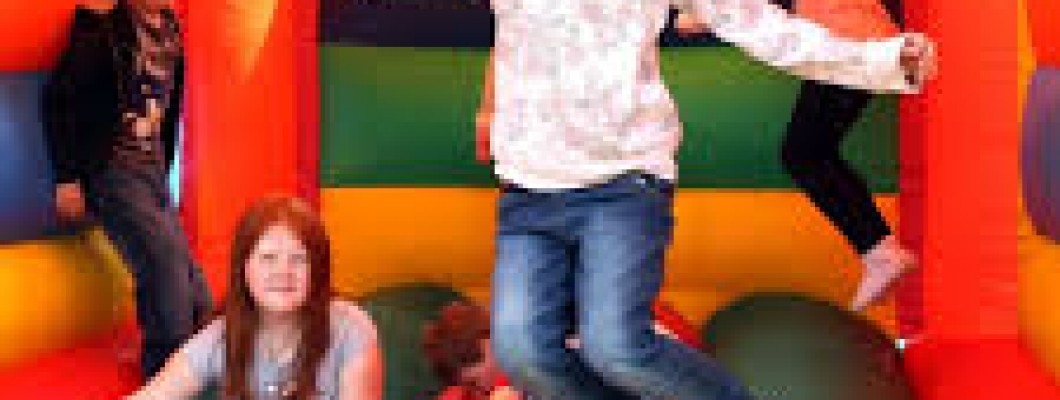
Jumping castles are a popular attraction at parties and events, offering kids a fun and bouncy play area. However, the safety of jumping castles can be a concern, especially when children of different ages play together. Understanding the potential risks and how to manage them is crucial for ensuring a safe experience for all participants. This article explores the dangers associated with different-aged kids jumping on a jumping castle and provides tips for mitigating these risks.
1. Risks of Mixed-Age Play
When children of varying ages and sizes use a jumping castle simultaneously, several risks can arise:
- Injuries from Collisions: Older and larger children may inadvertently collide with younger or smaller kids, leading to bumps, bruises, or more serious injuries.
- Uneven Bouncing: Different weights and sizes can affect the bounce dynamics, potentially causing instability and increasing the risk of falls or accidents.
- Overexertion: Older children may have more energy and can jump more vigorously, which can lead to exhaustion or accidents for younger children who might struggle to keep up.
2. Managing Age Differences Safely
To minimize risks when children of different ages use a jumping castle, consider the following strategies:
- Age Segregation: If possible, allow different age groups to use the jumping castle at separate times. This helps ensure that children are bouncing with others of similar size and energy levels.
- Supervision: Always supervise children while they are on the jumping castle. Having an adult or responsible older child present can help manage play and intervene if needed.
- Size and Weight Limits: Adhere to the manufacturer’s guidelines regarding size and weight limits. Ensure that the jumping castle is suitable for the ages and sizes of the children using it.
- Rules and Guidelines: Establish clear rules for behavior on the jumping castle, such as no rough play or climbing on the walls. Communicate these rules to the children and enforce them consistently.
- Regular Inspections: Check the condition of the jumping castle before use. Ensure that it is properly inflated, free from defects, and safe for children to use.
3. Safety Measures and Equipment
Implementing safety measures and using appropriate equipment can further enhance the safety of jumping castles:
- Safety Mats: Place safety mats around the jumping castle to cushion any falls and reduce the risk of injury.
- Proper Installation: Ensure that the jumping castle is set up on a flat, soft surface and is securely anchored to prevent tipping or shifting during use.
- Ventilation: Ensure that the jumping castle has adequate ventilation to prevent overheating and maintain proper air pressure.
4. Conclusion
While jumping castles provide a fun and engaging experience for children, the safety of all participants should be a top priority. By understanding the potential risks associated with different-aged kids playing together and implementing appropriate safety measures, you can help ensure a safe and enjoyable experience for everyone. Proper supervision, adherence to guidelines, and careful planning can minimize risks and create a positive environment for bouncing fun.

